As Taiwan becomes a super-aged society, the government intends to bolster three major pillars of health in the hope of making the country a global model for aging nations, President William Lai (賴清德) said yesterday at a ceremony to open the Healthy Ageing Tech Show in Taipei.
Taiwan’s elderly care sector is expected to reach NT$3.6 trillion (US$120.58 billion) in value this year, or about one-seventh of GDP, Lai said.
It is even more important now to implement measures to address the health issues of elderly people, given the percentage of people who are elderly in Taiwan, he said.
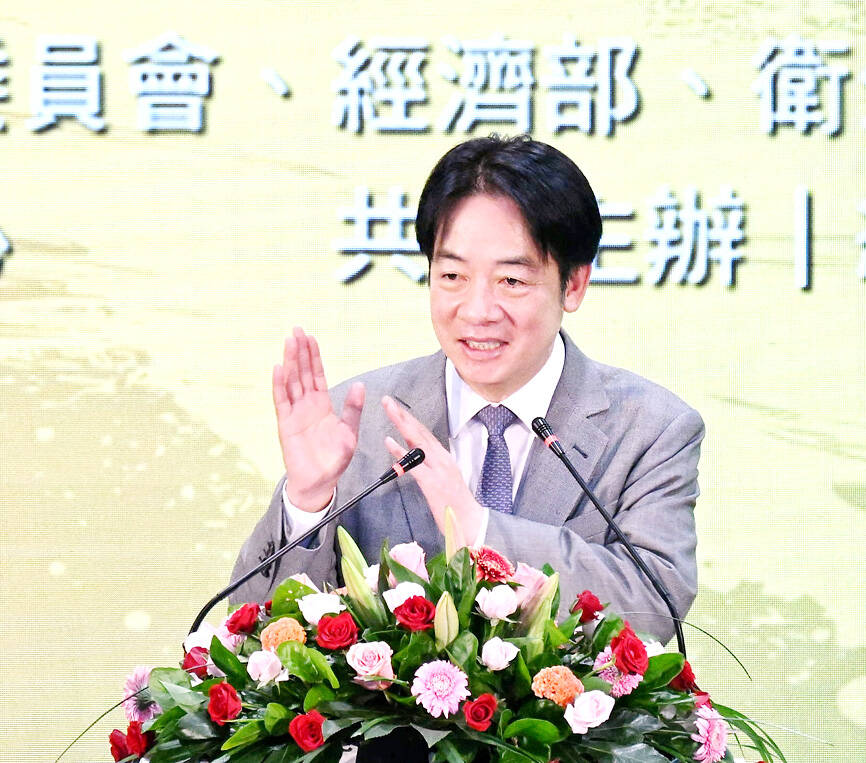
Photo: Fang Pin-chao, Taipei Times
Ministry of the Interior data released yesterday showed that the number of people aged 65 or over was 4,583,678 as of last month, or 19.64 percent of the population, while those aged 15 to 64 totaled 16,042,116 (68.74 percent) and there were 2,712,142 people aged 14 or younger (11.62 percent).
The data indicate that the ratio would exceed 20 percent by the end of this year, the threshold for a super-aged society, Lai said.
The first step to bolster the three main health pillars is to improve the quality of healthcare services, Lai said.
Since taking office last year, his administration has pushed for National Health Insurance (NHI) reform and increased funding for NHI programs to improve working conditions for medical personnel as the first pillar, he said, citing the allocation of NT$6.8 billion in the budget for this year to expand eligibility criteria and new tests for national cancer screening programs, as well as the establishment of a NT$10 billion cancer drug fund to help address the financial challenges faced by people with cancer.
The second pillar pertains to the government’s plan to introduce “long-term care 3.0” next year, he said.
By building institutional capacity, and using smart and preventive healthcare, the plan aims to better integrate medical care and long-term care to realize the vision of healthy aging, community-based elderly care and dignified end-of-life care, Lai said.
The third pillar focuses on providing comprehensive support services for elderly people, particularly in terms of food, clothing, housing, transportation, education and recreation, he said.
Hopefully, all those involved in the field would work together to provide better support for elderly people, create more business opportunities in the senior care industry and make Taiwan a global model for aging societies, Lai said.
In October last year, the National Development Council released a report that said Taiwan is on course to become a “super-aged society” this year as projected.
The population would decline to fewer than 23 million by 2030, when elderly people are projected to be 30 percent of the total, the report said.
Under the WHO’s definition, a society is considered “aging” when the number of people aged 65 or over reaches 7 percent of the total population; “aged” when it reaches 14 percent; and “super-aged” when it reaches 20 percent.
Minister of Economic Affairs J.W. Kuo (郭智輝) told the ceremony that economic opportunities arise along with challenges brought by an aging society.
The ministry would cooperate with enterprises and organizations to promote the use of artificial intelligence (AI) to help people build a healthy life, Kuo said.
Integrating AI products into primary healthcare is an important goal of the Long-term Care 3.0 plan, Minister of Health and Welfare Chiu Tai-yuan (邱泰源) said.
The health ministry has compiled data to build an intelligent platform to serve elderly people and provide equitable access to medical service, Chiu added.
The Healthy Ageing Tech Show runs through tomorrow at the Taipei World Trade Center’s Exhibition Hall 1.
Additional reporting by Chiu Chih-jou and CNA
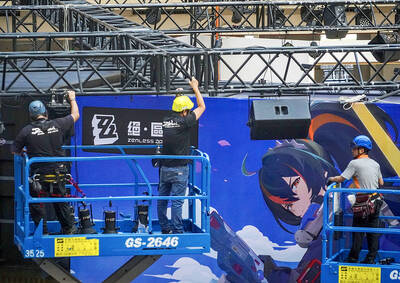
Taiwan is projected to lose a working-age population of about 6.67 million people in two waves of retirement in the coming years, as the nation confronts accelerating demographic decline and a shortage of younger workers to take their place, the Ministry of the Interior said. Taiwan experienced its largest baby boom between 1958 and 1966, when the population grew by 3.78 million, followed by a second surge of 2.89 million between 1976 and 1982, ministry data showed. In 2023, the first of those baby boom generations — those born in the late 1950s and early 1960s — began to enter retirement, triggering
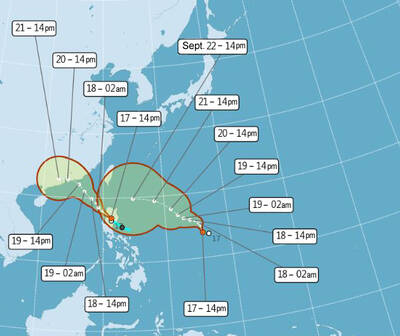
One of two tropical depressions that formed off Taiwan yesterday morning could turn into a moderate typhoon by the weekend, the Central Weather Administration (CWA) said yesterday. Tropical Depression No. 21 formed at 8am about 1,850km off the southeast coast, CWA forecaster Lee Meng-hsuan (李孟軒) said. The weather system is expected to move northwest as it builds momentum, possibly intensifying this weekend into a typhoon, which would be called Mitag, Lee said. The radius of the storm is expected to reach almost 200km, she said. It is forecast to approach the southeast of Taiwan on Monday next week and pass through the Bashi Channel
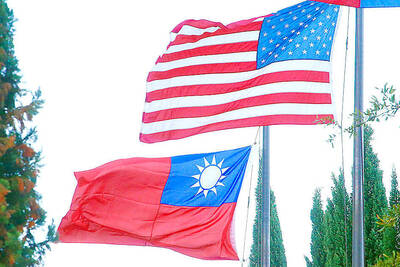
NO CHANGE: The TRA makes clear that the US does not consider the status of Taiwan to have been determined by WWII-era documents, a former AIT deputy director said The American Institute in Taiwan’s (AIT) comments that World War-II era documents do not determine Taiwan’s political status accurately conveyed the US’ stance, the US Department of State said. An AIT spokesperson on Saturday said that a Chinese official mischaracterized World War II-era documents as stating that Taiwan was ceded to the China. The remarks from the US’ de facto embassy in Taiwan drew criticism from the Ma Ying-jeou Foundation, whose director said the comments put Taiwan in danger. The Chinese-language United Daily News yesterday reported that a US State Department spokesperson confirmed the AIT’s position. They added that the US would continue to
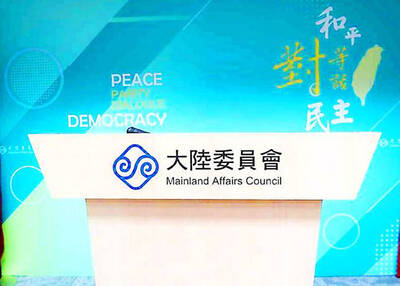
The number of Chinese spouses applying for dependent residency as well as long-term residency in Taiwan has decreased, the Mainland Affairs Council said yesterday, adding that the reduction of Chinese spouses staying or living in Taiwan is only one facet reflecting the general decrease in the number of people willing to get married in Taiwan. The number of Chinese spouses applying for dependent residency last year was 7,123, down by 2,931, or 29.15 percent, from the previous year. The same census showed that the number of Chinese spouses applying for long-term residency and receiving approval last year stood at 2,973, down 1,520,